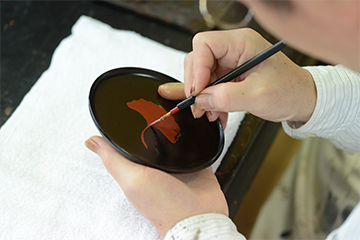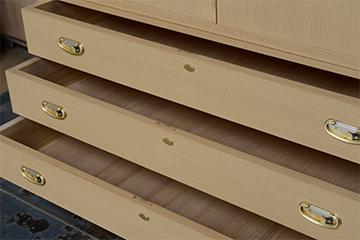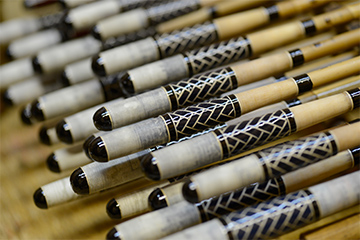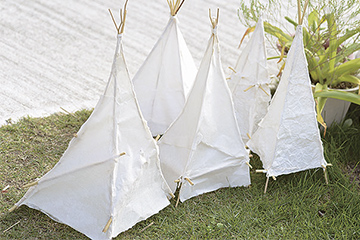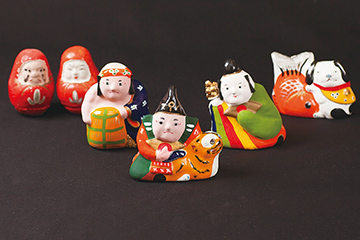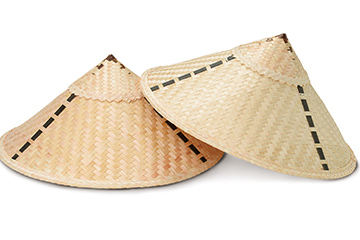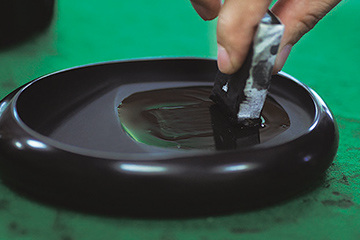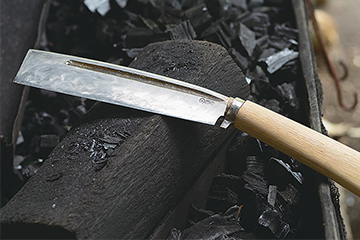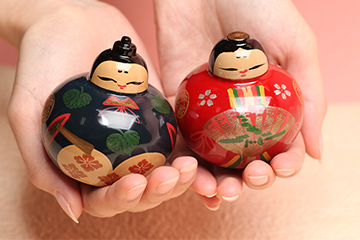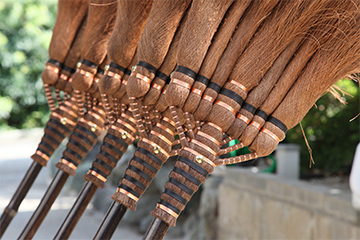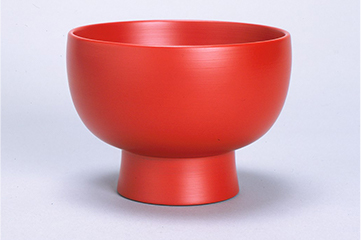 Overview of producing areas
Nokaji knives
Overview of producing areas
Nokaji knives
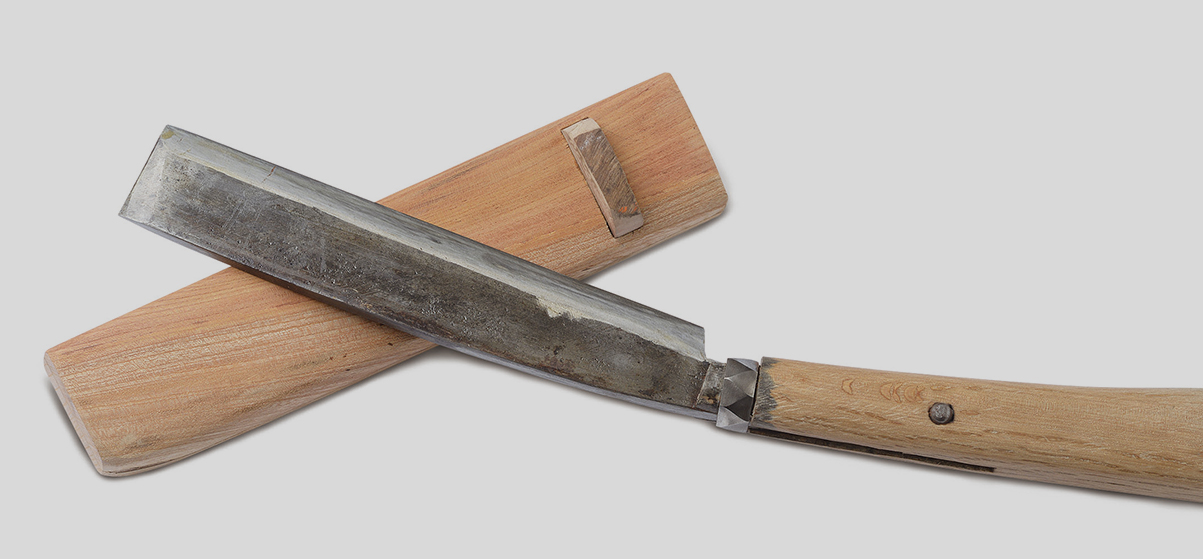
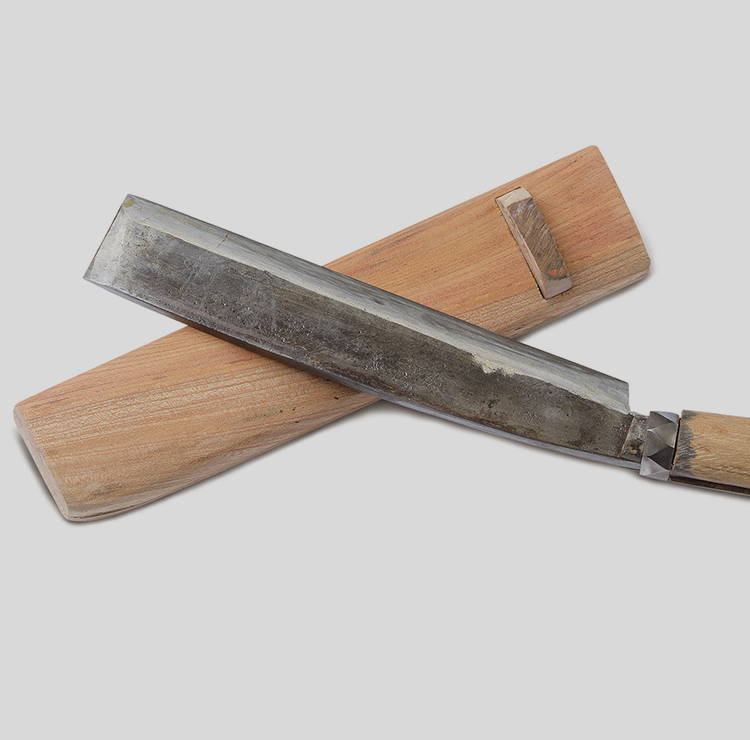


Overview
Shingu City, located at the mouth of the Kumano River, once prospered as a collection center for wood and charcoal transported by river boat. It formed the center of the Kumano region where people and goods crossed paths. The traditional craft handed down here is the Nokaji knife. These are primarily axes, hatchets, and other edged tools related to forestry work. About 30 blacksmith workshops were said to stand side by side here around 1910.
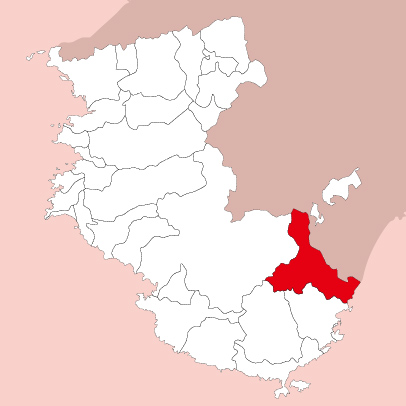
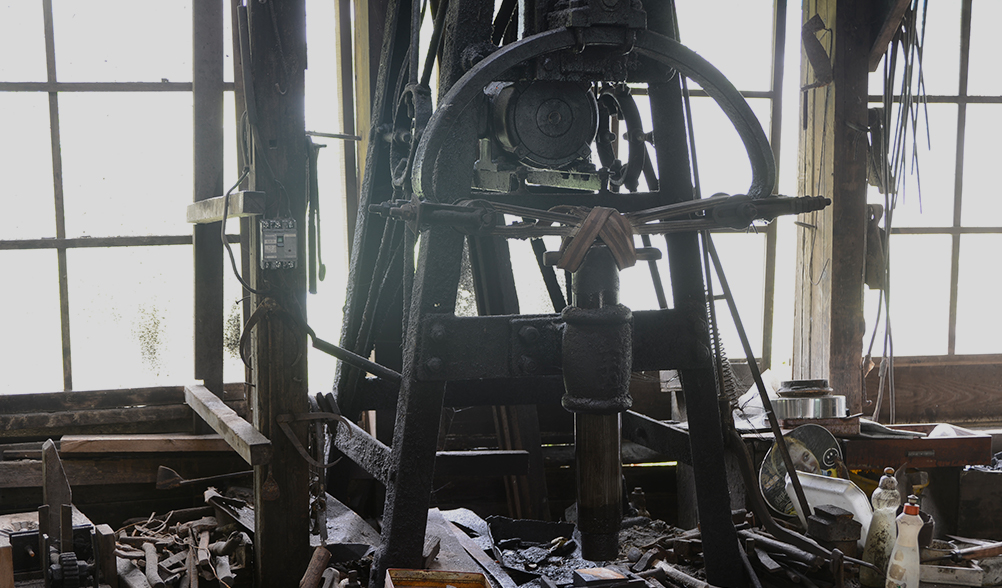
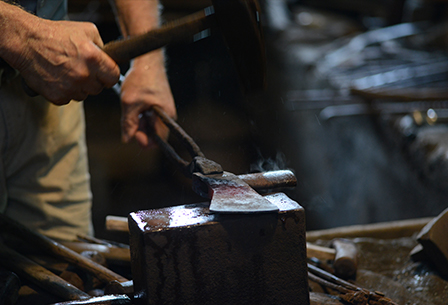
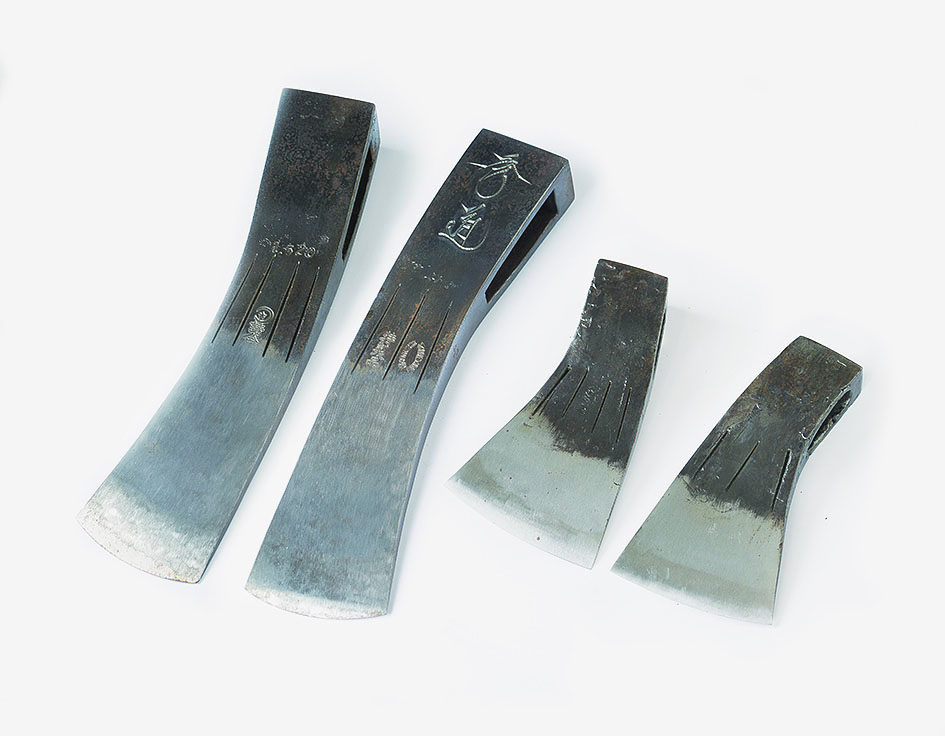




Scene from production
"How tools are used differs by person. The tools' ease of use makes work more efficient, increases sales, and affects lifestyles. That's why we always work in earnest. Both mountains and blacksmith workshops are life-or-death places," says Okawa, a blacksmith.
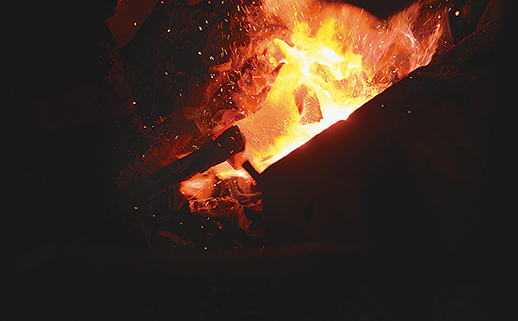
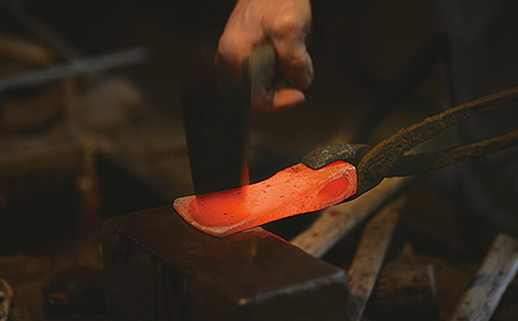
In the past, iron or steel was beaten out with a hammer. It is said that each blacksmith would beat the metal distinctively enough that one could tell from the sound of the metal which smithy was forging iron. Today, a belt hammer is used. However, the final steps are manual work by the blacksmith. The red-hot iron is pulled out of the burning furnace and beaten with a hammer. "Tools used in the mountain have to be hard enough to handle knots in wood."
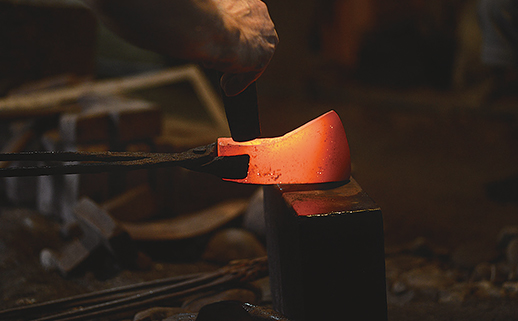
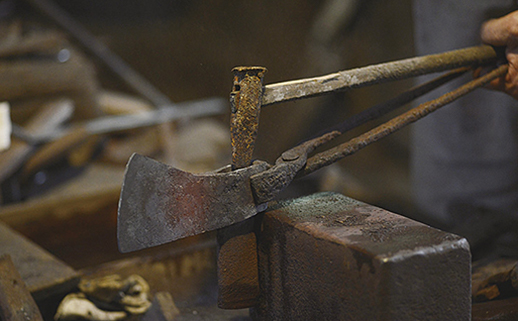


Traditional crafts of Wakayama




